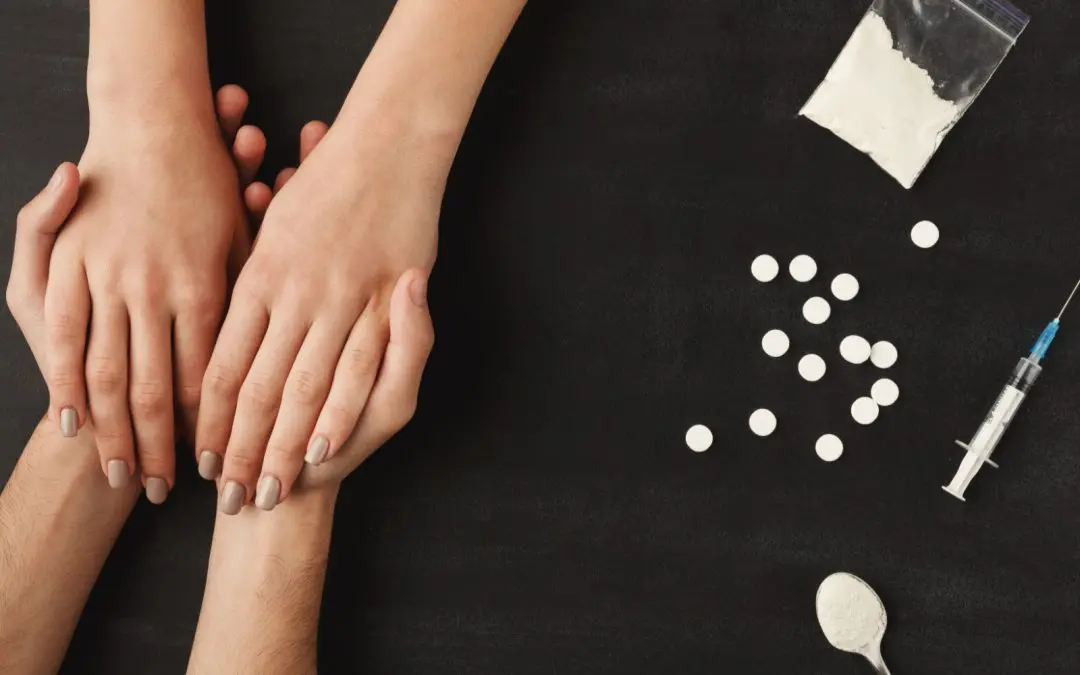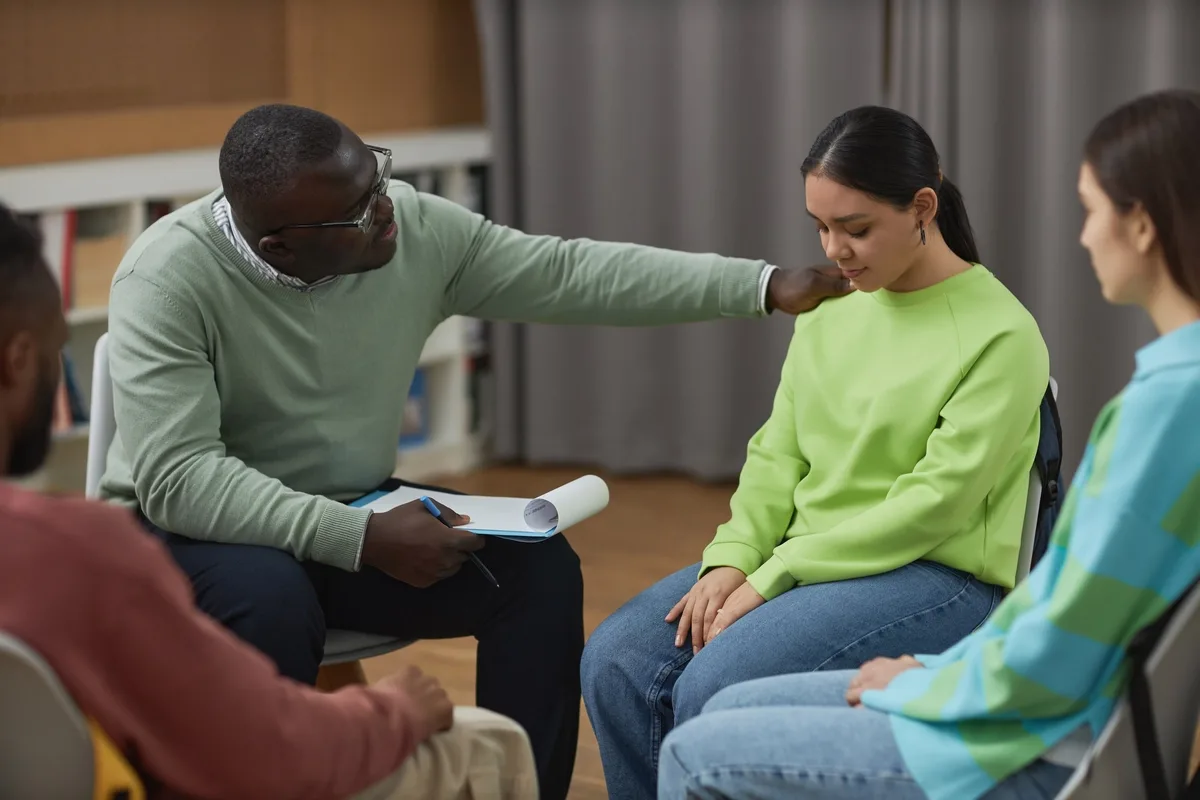24/7 Helpline:
(866) 899-221924/7 Helpline:
(866) 899-2219
Learn more about Heroin Rehab centers in Tranquility
Heroin Rehab in Other Cities

Other Insurance Options

Ambetter

Providence

WellCare Health Plans

BHS | Behavioral Health Systems

Health Choice

AllWell

Regence

CareSource

UnitedHealth Group

Group Health Incorporated

PHCS Network

American Behavioral

Absolute Total Care

Holman Group

Self-pay options

GEHA

Sutter

Health Partners

Magellan

Sliding scale payment assistance
















